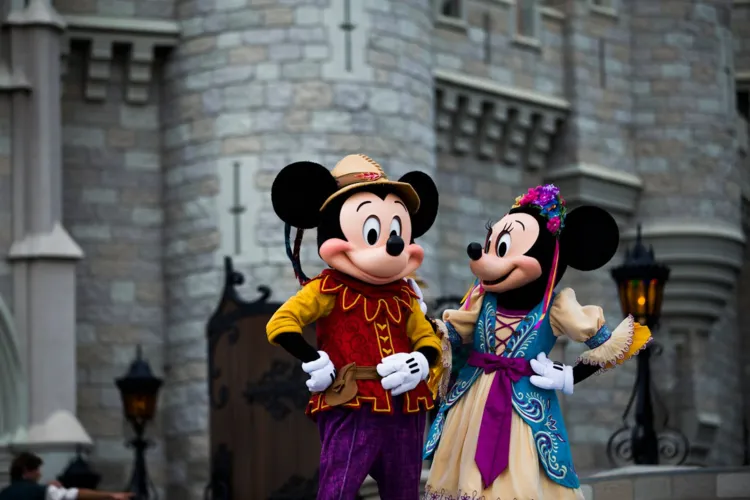Hydrogen, Battery & Solar: Abu Dhabi’s Renewable Revolution
Abu Dhabi Renewable Energy Projects are accelerating the Emirate’s shift toward a more sustainable future, with a focus on large-scale solar, wind, battery storage, and hydrogen initiatives. By 2030, Abu Dhabi aims to reach 10 GW of installed solar capacity, led by Masdar, EWEC, and ADNOC, which is investing AED 55 billion in low-carbon solutions.
While the UAE Energy Strategy 2050 includes a national AED 600 billion investment in renewables, Abu Dhabi is carving out its own leadership role with landmark developments like Masdar’s $6 billion solar and battery project. These efforts are setting global benchmarks, ensuring energy security while positioning Abu Dhabi at the forefront of the clean energy transition.
December 2024: EWEC’s 4.6 GW Renewable Expansion Takes Shape
Ambitious plans demand scale, and December 2024 marked a significant milestone for Abu Dhabi Renewable Energy Projects. The Emirates Water and Electricity Company (EWEC) approved four major developments, spanning 75 square kilometers. These include three solar farms in Al Faya, Al Khazna, and Al Zarraf, designed to deliver 4.5 GW of capacity, alongside a 140 MW wind farm in Sila.
With Abu Dhabi targeting 10 GW of installed solar capacity by 2030, these latest projects signal a definitive shift toward clean power. Government agencies, including the Department of Energy (DoE), the Environment Agency – Abu Dhabi (EAD), and the Ministry of Defence (MoD), collaborated to secure land and regulatory approvals while ensuring environmental sustainability.
January 2025: Masdar’s $6B Bet on Solar and Battery Storage
The clean energy push accelerated further in January 2025, with Masdar unveiling one of the world’s most advanced renewable projects. A $6 billion investment will bring 5.2 GW of solar PV capacity combined with a 19 GWh battery energy storage system (BESS)—a combination designed to deliver 1 GW of uninterrupted clean power.
No longer limited by the intermittency of sunlight, Abu Dhabi’s new project is engineered to provide 24/7 renewable energy, ensuring stability within the grid. JA Solar and Jinko Solar will supply 2.6 GW of next-generation solar modules, while CATL’s TENER battery technology ensures sustained power delivery. Larsen & Toubro and Powerchina, selected as engineering and construction partners, are set to bring the project online by 2027, covering 90 square kilometers of Abu Dhabi’s desert.
Abu Dhabi’s Energy Strategy: Partnerships Driving Innovation
Abu Dhabi’s clean energy revolution is not unfolding in isolation. Some of the most significant Abu Dhabi Renewable Energy Projects are fueled by global partnerships designed to accelerate innovation.
- ADNOC is backing AED 55 billion in decarbonization technologies, pushing the UAE toward a low-carbon future.
- Siemens Energy and ADIO are collaborating to scale CleanTech solutions, enhancing Abu Dhabi’s net-zero ambitions.
- Noor Abu Dhabi, the world’s largest single-site solar farm, is expected to cut 1 million metric tonnes of CO₂ annually.
- The Barakah nuclear plant will prevent 22 million tonnes of carbon emissions per year, complementing the Emirate’s clean power mix.
Abu Dhabi is proving that scale, innovation, and commitment can redefine the energy landscape. With 10 GW of solar capacity in sight and $6 billion driving next-generation battery storage, the Emirate’s efforts set a precedent for clean power at a global level. The city’s pioneering projects—whether in solar, wind, or hydrogen—aren’t just advancing sustainability; they are redefining how energy security and economic growth can coexist in a low-carbon world.
Also Read: Abu Dhabi Green Economy Trends: Pioneering Sustainability Through Finance & Innovation







